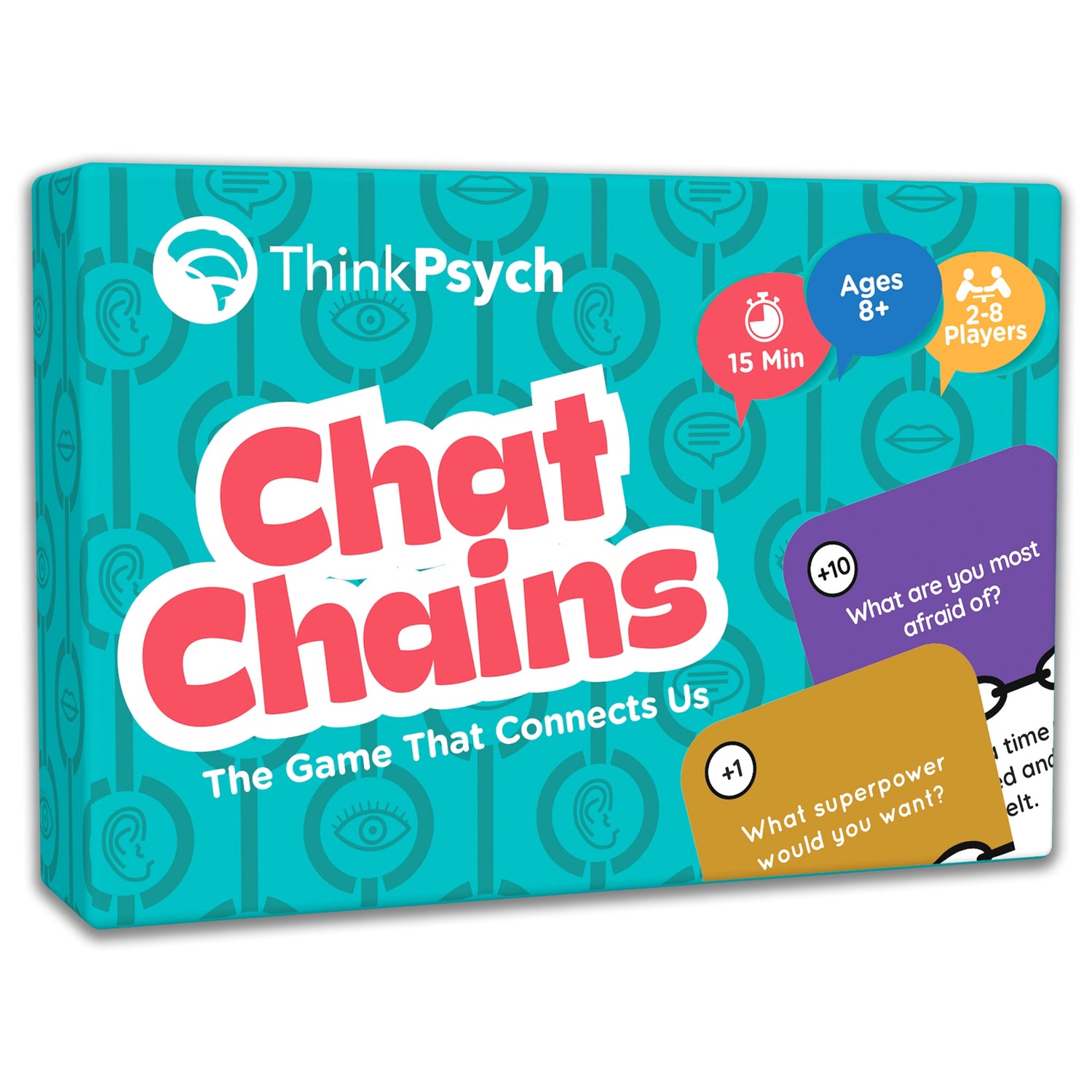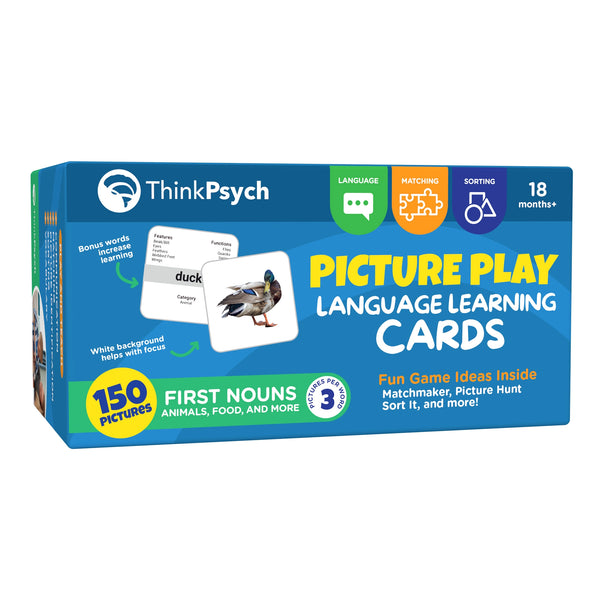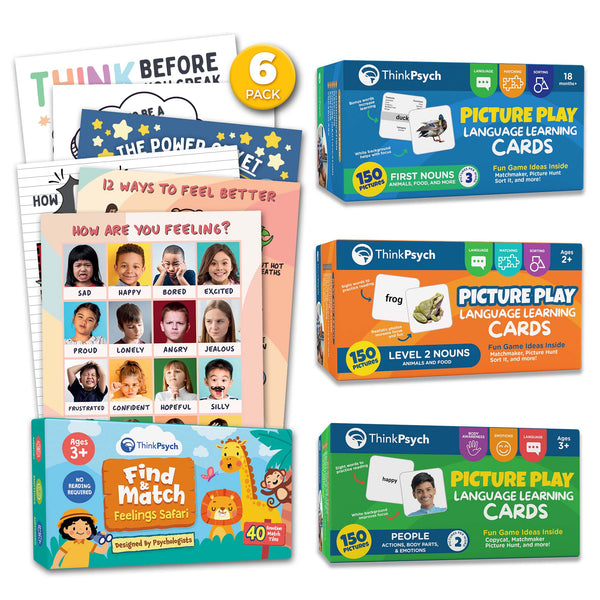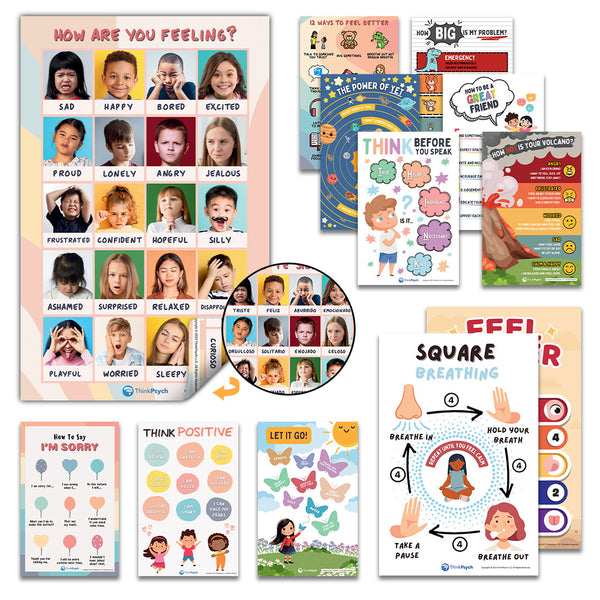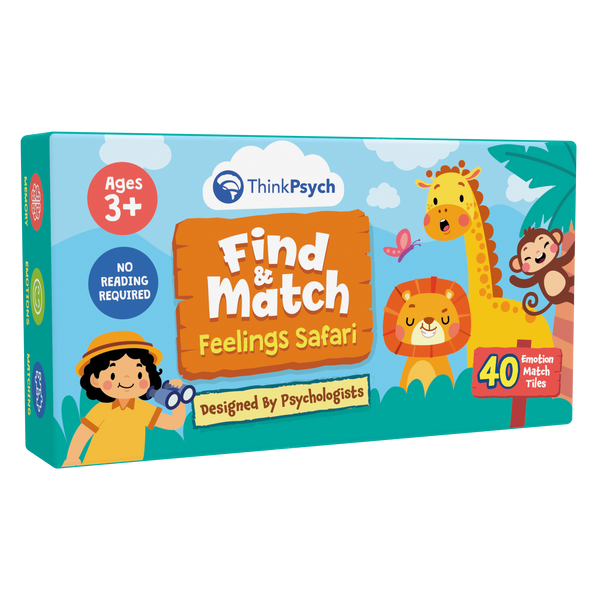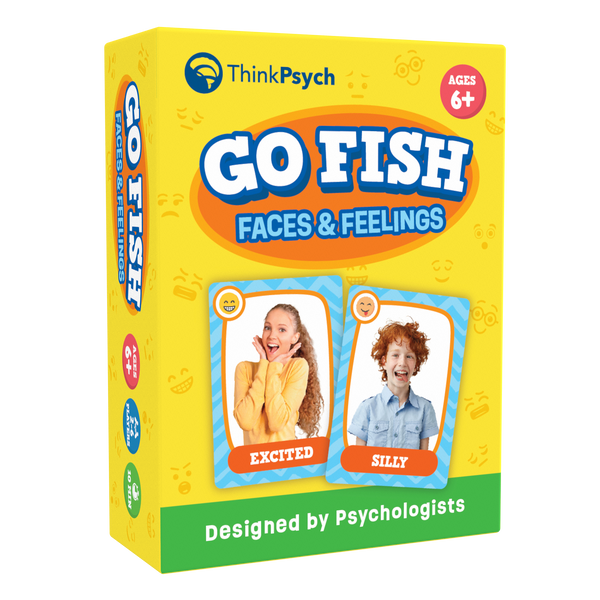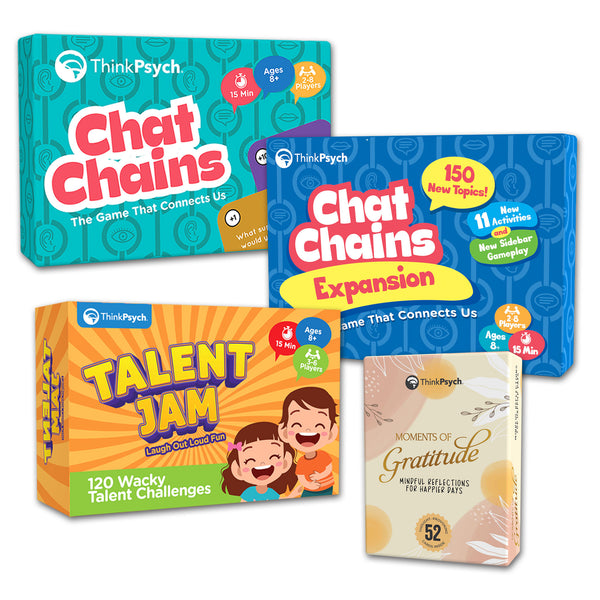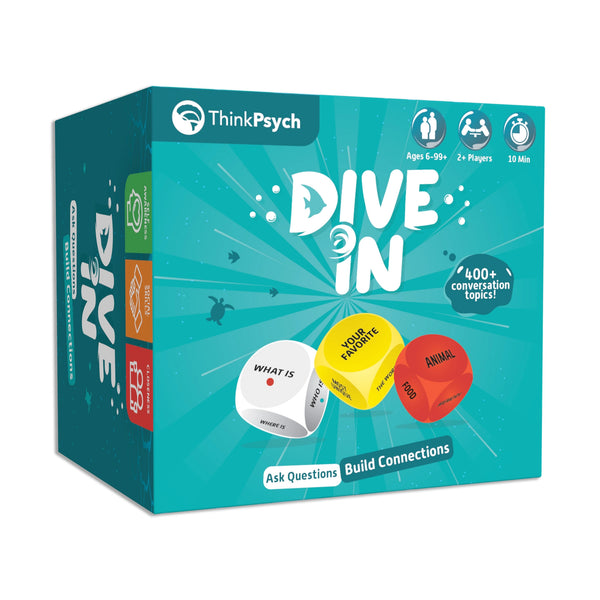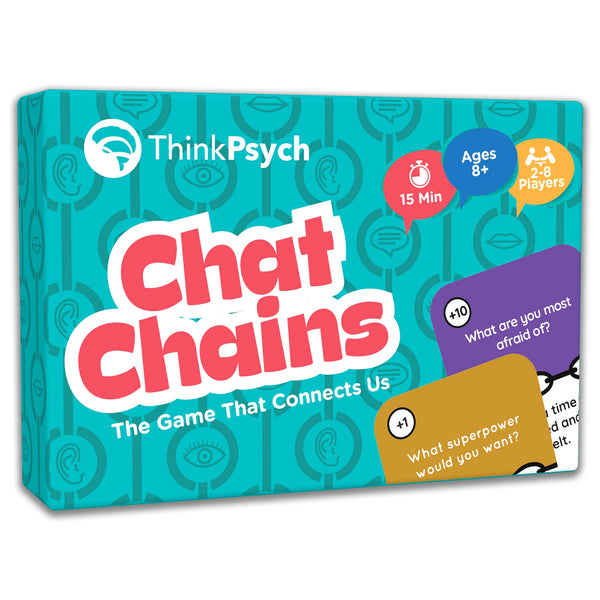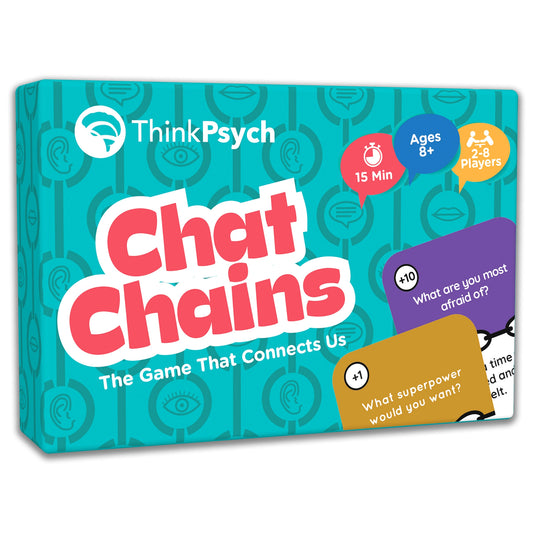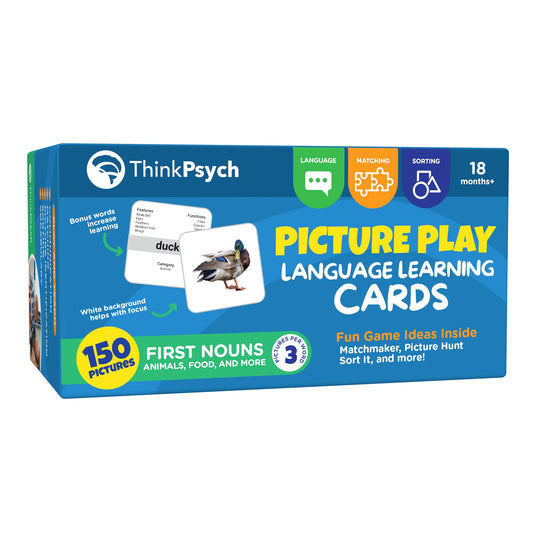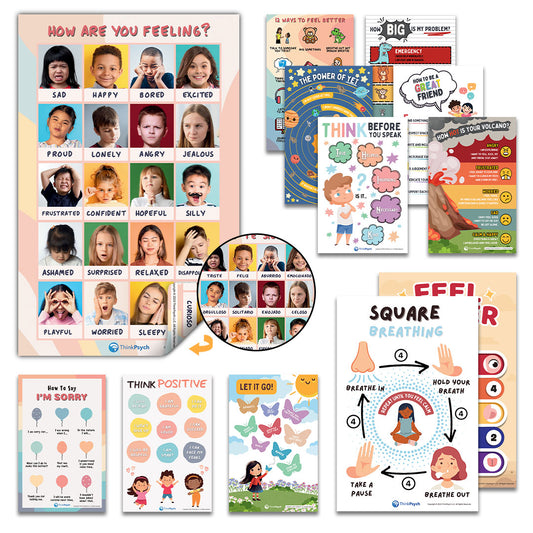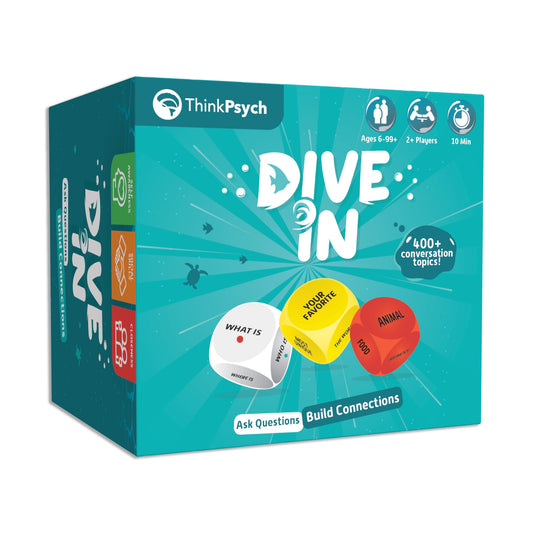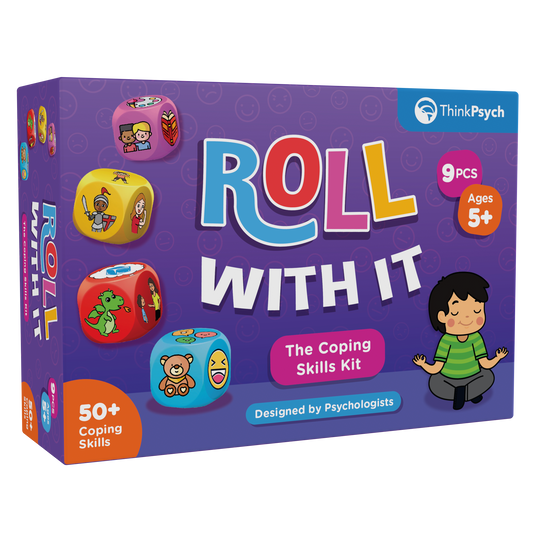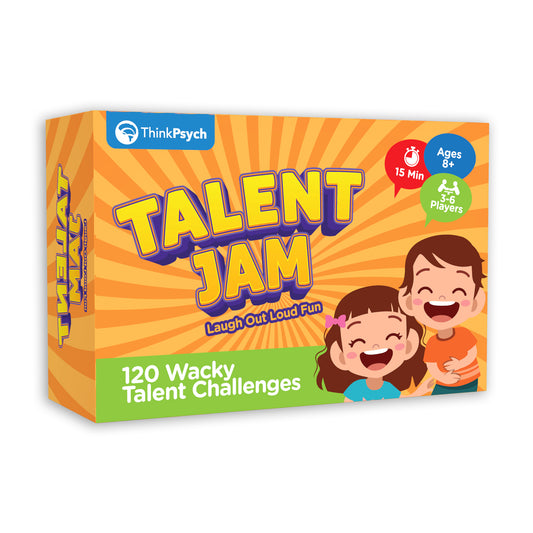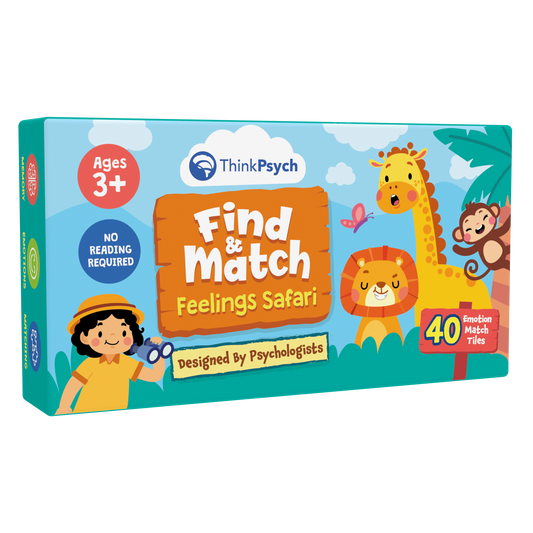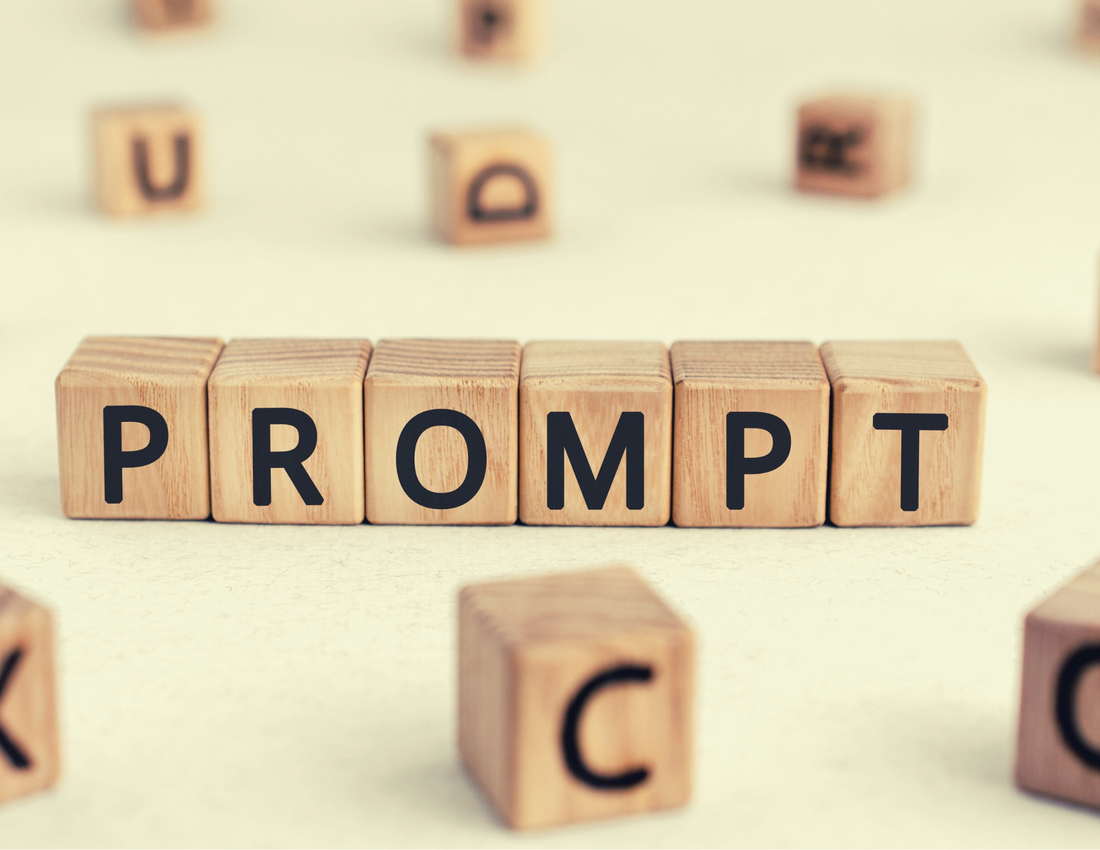
Understanding Prompts & Prompt Hierarchies
Share
We all use prompts daily. My alarm clock prompts me to wake up on time. My to-do list prompts me through my work responsibilities. The sight of the time on a clock prompts me to go pick up the kids or start dinner, among countless other tasks. Prompts are embedded into our daily activities, both natural and contrived. Prompts are often used in ABA therapy to teach children new skills. These prompts are then faded out, using prompt hierarchies.
What is a prompt?
Before we dive into prompt hierarchies, let’s review what a prompt is. A prompt is any added stimulus that evokes a correct response. In a 3-term contingency, the prompt comes after the antecedent but before the behavior. A stimulus change after the response would be a consequence. The consequence is typically reinforcement or error correction.

Prompts are vital when teaching new skills. Without effective prompts, our learners may struggle to learn. While trial and error learning has its’ benefits and is appropriate for some skills, building prompt hierarchies into skill acquisition plans allows learners quicker access to reinforcement and reduces incorrect response chaining.
Types of Prompts
Prompting responses is a commonly used strategy in ABA therapy. The exact type of prompt and hierarchy of prompting varies based on many factors such as the skill you are teaching, client preference, baseline skill level, etc. Each learner’s BCBA determines the prompting methods for each goal. These specifications are outlined in the learner’s skill acquisition plans (AKA programs or write-ups).
Prompt methods typically fall into one of three categories. These categories include physical, visual, and verbal. Within each prompt category, there are different levels of intrusiveness.
Physical prompts
Physical prompting involves some level of physical guidance to evoke the correct response.
A most to least prompt hierarchy for physical prompts might go as follows:
-
Hand-Over-Hand (HOH)/Full physical: This is a highly intrusive type of prompt. This prompt involves physically moving the learner’s hand or body to evoke the intended response.
Example: A child is learning to receptively identify stimuli in their environment. To initially teach this skill, the therapist places their hand over the learner’s hand and guides the learner to pick up the correct item. -
Partial physical: This involves physically guiding the learner, but with less pressure or support.
Example: A child is learning to respond to the safety instruction “stop.” Upon presenting the instruction “stop,” the therapist might gently place their hands on the child’s shoulders to prompt them to stop walking. -
Shadow: Following the learner’s movements without physically touching them.
Example: A child is learning to wash their hands. His therapist hovers their hands over the child’s hands as they complete each step of the chain.
Verbal prompts
Verbal prompts are often used as we guide children through their daily activities. However, verbal prompts can be more challenging to fade, resulting in an increased likelihood of prompt dependency.
A most to least prompt hierarchy for verbal prompts might go as follows:
-
Full verbal model: Verbally providing the full correct response.
Example: Therapist asks “What’s your name?” then immediately prompts with the learner’s name- “Maria.” -
Partial verbal model: Verbally providing the beginning part of the correct response.
Example: Therapist asks “What’s your name?” then immediately prompts by starting to say the learner’s name-“Ma.”
Visual prompts
Lastly, we have visual prompts. These are visual cues that evoke the intended response. Visual prompts are often considered less intrusive and more naturalistic.
A most to least prompt hierarchy for visual prompts might go as follows:
-
Modeling: Demonstrating the response. Modeling may be in vivo or via a recorded demonstration.
Example: I am teaching my learner to follow steps of a teeth brushing chain. I play a video of Elmo (their favorite!) demonstrating the steps of brushing teeth. -
Stimulus prompt: Altering the target stimulus in some way to make it stand out more than the other stimuli.
Example: Making the target stimuli larger or brighter. -
Positional: Arranging stimuli in a way that the desired response is more easily accessible.
Example: Placing a field of body part pictures on the child’s desk and delivering the instruction “find the arm,” with the picture of the arm closer to the learner than the other pictures. Try teaching this skill with our People Flashcards! -
Gestural: Pointing or directing the learner toward the expected response.
Example: A teacher instructs her students to line up by the door. She then points to the spot where they are to line up.
Shop ThinkPsych Products
What is a prompt hierarchy?
In order to facilitate independence and avoid prompt dependency, prompts should be faded out as quickly as possible. Prompt hierarchies are created to guide us through the type and intrusiveness of prompting for each skill. The level of intrusiveness refers to the amount of assistance that is being provided. For example, physically prompting a child to wash their hands is more intrusive than pointing to the sink.
Least to most prompting
In least to most prompting, an unintrusive prompt is provided. Prompt level is then increased only as needed. Least to most prompting is best for learners who become easily prompt dependent, as it avoids the potential for over-prompting. This type of hierarchy is also beneficial for those who have a strong knowledge base and/or skillset in the area being taught. For example, if your client can match identical pictures and you are targeting generalization to non-identical pictures, least to most prompting might be chosen. Try our First Nouns Flash Cards to help your kids work on generalization!
Most to least prompting
This hierarchy is used when we provide high levels of prompt intrusiveness, with the prompts then systematically faded to less intrusive levels. Most to least prompting is also referred to as errorless teaching or errorless learning. This is because the learner does not experience errors using this method. The level of prompting ensures success and therefore, quick access to reinforcement. Most to least prompting works best for learners who acquire new skills at a slower rate.
Creating prompt hierarchies
Different skills require different types of prompting. Therefore, prompt hierarchies should be individually created based on the skill being taught. A generic prompt hierarchy that goes from physical to verbal to visual might not actually make sense for the skill being prompted. For example, if you are teaching a child to match pictures in a large array, a physical or visual prompt would be appropriate. You might gesture to the picture they should match their picture with (a visual prompt). You might also provide a hand-over-hand or partial physical prompt of matching the picture. However, a verbal prompt is less likely to be less successful at evoking the target response.
Rather than thinking of prompt hierarchies as any and all prompts from most intrusive to least intrusive, it is better to first consider which prompts would be applicable to the individual task. For example, for receptive identification of pictures, physical and/or visual prompts are likely to be the most beneficial. The hierarchy, therefore, might be: full physical, partial physical, shadow, gestural. This combines multiple prompts across categories. Conversely, for an intraverbal program, verbal and/or visual prompts are likely to be of most benefit. Physical prompts would not be applicable to a vocal verbal goal such as intraverbal responding.

Individualized intervention strategies should always be used. Prompt methods are no exception. By using individualized prompt hierarchies for each learner and individual skill being taught, we can ensure we are teaching using the most effective methods.
Resources
http://spart6sped.weebly.com/uploads/6/5/2/7/65274011/prompting_and_fadingtguide.pdf
Prompt Hierarchy: A New Perspective
https://www.fau.edu/education/centersandprograms/card/documents/prompting.pdf
